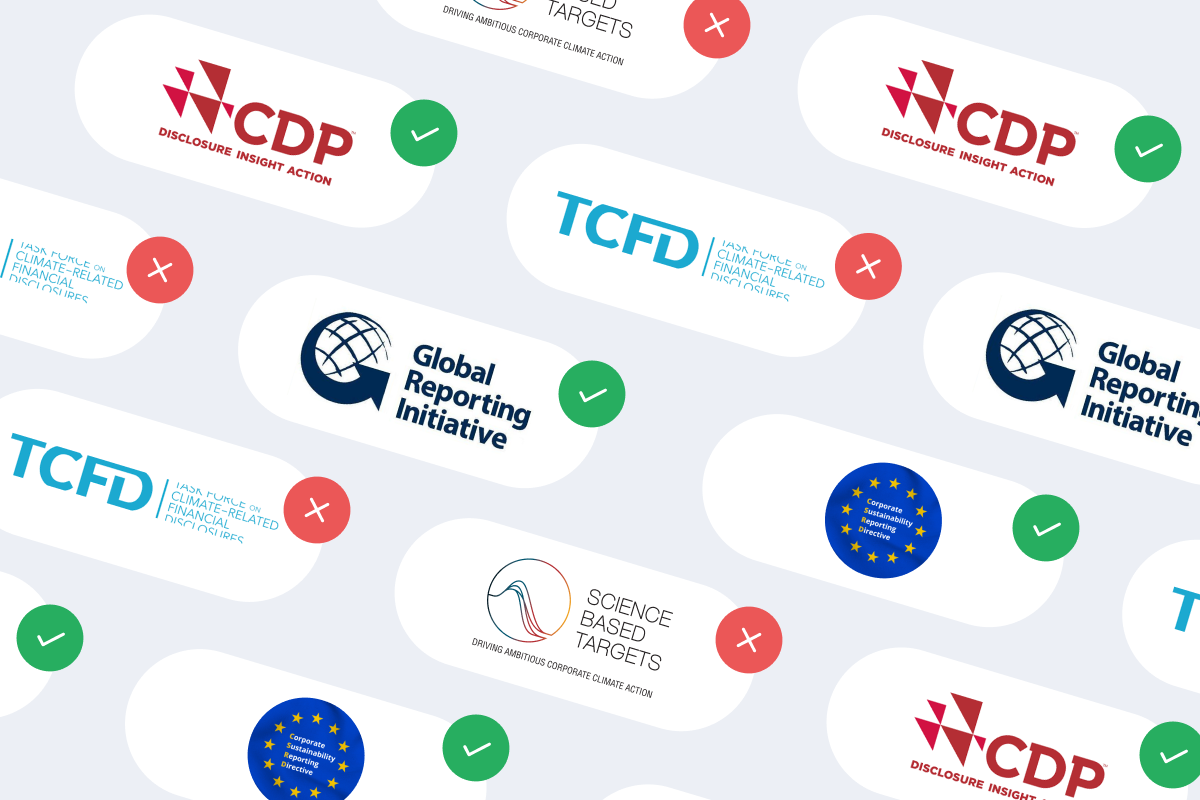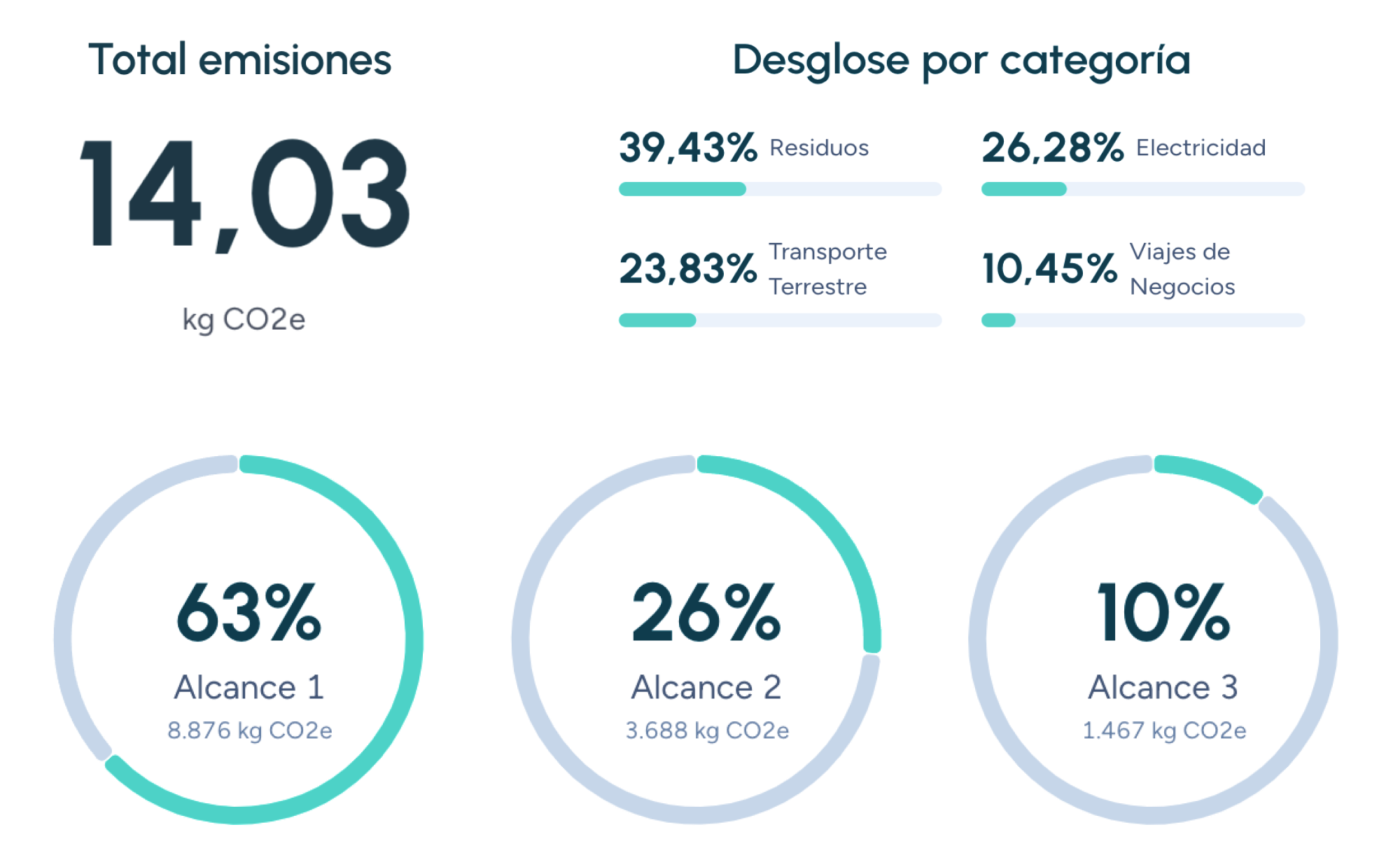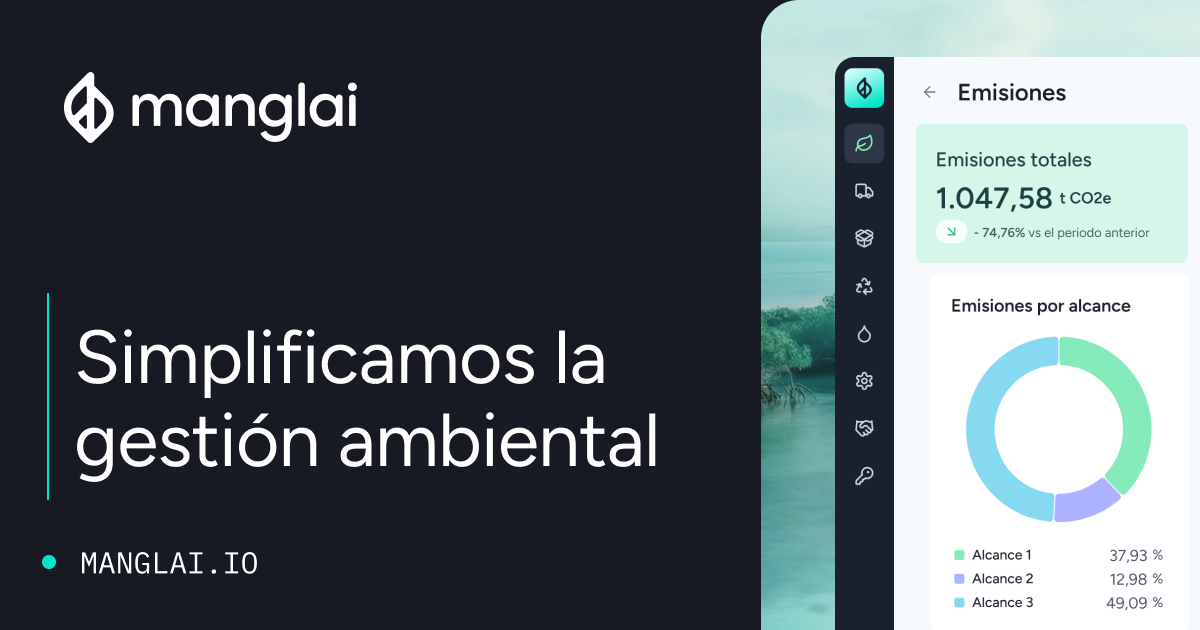Back to the blog
Corporate sustainability
Ocean carbon sinks: Business opportunities in blue carbon
Carolina Skarupa
Product Carbon Footprint Analyst
Oceans cover over 70% of our planet and play a crucial role in regulating the global climate by absorbing carbon dioxide (CO2) from the atmosphere. This “blue carbon” absorption occurs through marine ecosystems like seagrass meadows, mangrove forests, and salt marshes. As businesses worldwide look for innovative ways to meet net zero targets, the potential for leveraging ocean carbon sinks has gained momentum.
This article explores the concept of blue carbon, the mechanisms behind ocean carbon sequestration, and the emerging business opportunities in this field.
What is blue carbon?
Blue carbon refers to the carbon captured by the world’s oceans and coastal ecosystems. Key blue carbon habitats include:
- Mangroves: Tropical coastal forests that trap large amounts of carbon in their root systems and surrounding soils.
- Seagrass meadows: Underwater grass-like plants that not only store carbon but also provide habitat for marine species.
- Salt marshes: Coastal wetlands that accumulate carbon in flooded or waterlogged soils.
These ecosystems can absorb CO2 up to ten times faster than terrestrial forests on a per-area basis, making them exceptionally efficient carbon sinks.
Why ocean carbon sinks matter
- Climate change mitigation: By storing massive amounts of carbon, these ecosystems help slow the rise of atmospheric CO2.
- Biodiversity conservation: mangroves, seagrass beds, and salt marshes support a vast array of marine life, from fish nurseries to migratory bird habitats.
- Coastal protection: healthy mangroves and marshes shield coastlines from storms and erosion, reducing the economic impacts of climate change.
- Livelihoods: local communities depend on coastal ecosystems for fisheries, tourism, and other economic activities.
The science behind ocean carbon sequestration
Through photosynthesis, marine plants convert dissolved CO2 into organic matter. A portion of this organic carbon is then buried in sediment, where it can remain locked away for centuries or even millennia. When ecosystems like mangroves are disturbed (e.g., cleared for development), the stored carbon is released back into the atmosphere, further exacerbating climate change.
Business opportunities in blue carbon
1. Carbon credits and offsets
Companies can invest in blue carbon projects—such as mangrove restoration or seagrass rehabilitation—to earn carbon credits. These credits can offset a portion of their emissions, contributing to carbon-neutral or net zero goals. Verified projects under standards like the Verified Carbon Standard (VCS) or Gold Standard ensure transparency and credibility.
2. Eco-tourism and recreation
Restored coastal ecosystems attract tourists, divers, and educational programs. Businesses can develop eco-friendly resorts or partner with local communities to offer sustainable tourism experiences, generating revenue while preserving natural habitats.
3. Sustainable fisheries
Marine restoration projects can boost fish populations, benefiting commercial fisheries. Companies involved in seafood production can gain a competitive advantage by supporting or partnering with restoration initiatives, ensuring a sustainable supply of fish and crustaceans.
4. Coastal resilience services
Insurance companies and real estate developers recognize that protecting or restoring mangroves and marshes can reduce storm surge damage. They may fund restoration as a natural infrastructure solution, lowering overall insurance payouts and property loss.
5. Blue carbon technology
Emerging technologies—like satellite monitoring, remote sensing, and AI-driven analytics—enable more precise measurement of carbon sequestration in marine environments. Software firms and data providers can offer these services to governments, NGOs, and private investors seeking reliable carbon accounting.
Key challenges
- Complex ecosystems: Mangroves and seagrasses are sensitive to changes in salinity, pollution, and water temperature, complicating large-scale restoration projects.
- Regulatory gaps: Many countries lack clear policies or frameworks for recognizing and trading blue carbon credits.
- Verification and measurement: Accurately quantifying carbon stored in sediments and plants is technically demanding, requiring advanced scientific expertise.
- Community engagement: Successful projects must involve local stakeholders whose livelihoods and cultural practices hinge on coastal resources.
Case study: Mangrove restoration in Southeast Asia
In regions like Indonesia and the Philippines, organizations are working with local fishermen to replant mangrove saplings in degraded coastal areas. These projects not only secure carbon credits for international companies but also provide breeding grounds for fish and shrimp, boosting local incomes. Government incentives and NGO partnerships ensure funding and technical know-how. As a result, communities benefit from long-term resilience against storms and rising sea levels, while corporate investors gain verifiable carbon offsets.
The role of policy and collaboration
Government bodies, NGOs, and the private sector must collaborate to scale blue carbon projects effectively. Initiatives like the Blue Carbon Initiative and Global Mangrove Alliance bring stakeholders together, driving policy reforms and ensuring best practices. Public funding and philanthropic grants often kick-start these endeavors, while private capital catalyzes expansion and long-term sustainability.
Steps for business engagement
- Identify high-impact locations: Work with experts to pinpoint coastal regions offering robust carbon sequestration potential and biodiversity benefits.
- Establish partnerships: Collaborate with NGOs, local communities, and scientific institutions to develop and manage restoration projects.
- Secure certification: Seek validation through recognized offset standards to ensure transparency and credibility.
- Communicate goals and results: Incorporate success stories and metrics in sustainability reports, showcasing tangible environmental and social benefits.
Ocean carbon sinks: A powerful avenue for climate change mitigation
Ocean carbon sinks—mangroves, seagrasses, and salt marshes—represent a powerful but underutilized avenue for climate change mitigation and sustainable economic growth. By supporting blue carbon initiatives, businesses can generate valuable carbon credits, strengthen local communities, and protect biodiversity.
As the world seeks diverse strategies to combat climate change, the opportunities in blue carbon stand out as both environmentally impactful and economically viable.
Carolina Skarupa
Product Carbon Footprint Analyst
About the author
Graduated in Industrial Engineering and Management from the Karlsruhe Institute of Technology, with a master’s degree in Environmental Management and Conservation from the University of Cádiz. I'm a Product Carbon Footprint Analyst at Manglai, advising clients on measuring their carbon footprint. I specialize in developing programs aimed at the Sustainable Development Goals for companies. My commitment to environmental preservation is key to the implementation of action plans within the corporate sector.
Content
Companies that trust us

Implementing the GLEC Framework in Logistics: Emissions Calculation and Fleet Optimization
Discover how to apply the GLEC Framework to measure logistics emissions, comply with ISO 14083, and optimize fleets.
10 November, 2025
How to Communicate your Decarbonization Strategy and Avoid Greenwashing
Learn how to communicate your decarbonization strategy with transparency and verified data. Avoid greenwashing and build customer trust.
15 October, 2025
Transition Risk: What it means for Corporate Strategy
Learn how businesses can navigate transition risks related to climate policies and economic shifts.
14 May, 2025
Guiding businesses towards net-zero emissions through AI-driven solutions.
© 2025 Manglai. All rights reserved
Política de Privacidad


